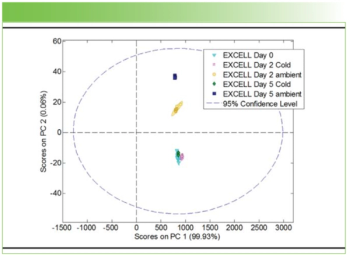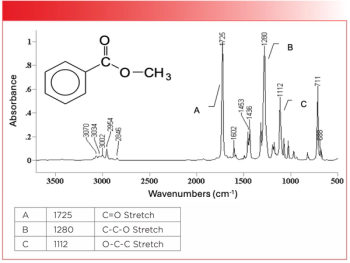
Mass Spec Identifies Hepatitis E Biomarkers
Mass spectrometry identifies biologically active substances in blood plasma that distinguish hepatitis E patients from healthy controls.
Through the use of mass spectrometry, researchers from New Delhi, India, have identified biologically active substances in blood plasma that distinguish hepatitis E patients from healthy controls.
The team, led by Shikha Taneja of the International Centre for Genetic Engineering and Biotechnology (New Delhi, India), identified a number of biologically active substances associated with immune response that were expressed differently between the patients and controls. By enriching the peptidome fraction of the subjects’ plasma with mass spectrometry, the team compared the plasma peptides in both groups and discovered that those with the disease possessed distinguishing biomarkers. The team believes that the discovery of these biomarkers will assist in understanding disease pathogenesis and facilitate clinical management.
According to the World Health Organization, hepatitis E occurs when contaminated drinking water or food supplies are consumed, and is predominantly found in resource-poor regions. Hepatitis E is an acute, self-limiting condition that typically clears up on its own. However, severe cases of the disease can result in fulminant hepatic failure, which has a high mortality rate, particularly in pregnant women.
The findings were published in the February 4, 2011, issue of the journal Proteome Science.
Newsletter
Get essential updates on the latest spectroscopy technologies, regulatory standards, and best practices—subscribe today to Spectroscopy.




